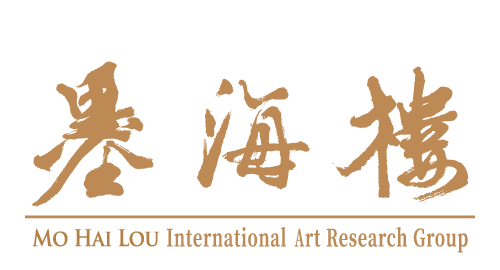Introduction
Creation’s core value is dialogue with the world
Vincent Fang is a shining paradigm of Mandarin lyricism in the cross-strait music industry. His lyrics are rich in classical aesthetics and evoke vivid imagery of different eras. His words carry the charm of classical poetry, infusing his creations with a profound sense of beauty. These compositions, steeped in oriental culture, define his distinctive writing style. His works have achieved unparalleled popularity within the Mandarin-speaking world. Notable songs include “Blue and White Porcelain,” “Dong-Feng-Po,” “Hong-Chen-Ke-Zhan,” “Fade Away,” “Lan-Ting-Xu,” and “Cold Hearted” (featured in Jay Chou’s best-selling album “The Greatest Work”).
Vincent Fang has also been a consistent nominee for the Best Lyricist Award at the Taiwan Golden Melody Awards for eight consecutive editions (from the 12th to the 19th). He has received recognition with awards such as the Best Film Theme Song at the Hong Kong Film Awards and the Best Original Film Theme Song at the Taiwan Golden Horse Awards.
In late 2020, Vincent Fang ventured into the realm of contemporary art with his solo exhibition titled, “Lyrics Installation Art.” His intention is clear: his works serve as bridges for dialogue with the world, aiming to convey his creative philosophy through various forms of expression.
Vincent Fang says, “There are many mediums for engaging in dialogue with the world, be it through words, music, sculpture, or painting. The reason for crossing boundaries is to transform the language of music into three-dimensional sculptures in the realm of installation art. This serves to convey the creator’s ideas. However, what differs is that the imagery of music lyrics is quite restrictive. Sad music, for instance, will make the audience feel sadness. The emotions of the listeners follow the emotions conveyed by the music, and their moods fluctuate with the music. On the other hand, contemporary art sculptures are static. They don’t affect the sense of hearing. When a viewer is in a joyful mood, the artwork they see will also reflect joy or happiness. Sculpture or painting cannot influence the viewer’s state of mind but rather reflects the emotions projected by the viewer at that moment.”
Therefore, Vincent Fang has embarked on a dialogue with the world through the creative forms of contemporary art. The thematic axis of his recent exhibition has been articulated as “Sublimation,” signifying a deliberate endeavour to challenge established norms of aesthetic comprehension and thereby subvert prevailing paradigms of artistic interpretation.
Vincent Fang’s artistic style finds its roots in the societal shifts that followed the Industrial Revolution. Subsequent to the emergence of the steampunk genre, marked by the exposition of mechanical constituents and configurations, the incorporation of steampunk aesthetics into their artistic repertoire remained an unconventional path for most oriental artists. Vincent Fang, however, emerges as an avant-garde artist who adeptly fuses the steampunk milieu with elements of ancient Chinese culture. Within his recent body of work, one discerns a harmonious amalgamation of disparate epochs and civilizations. This synthesis is notably exemplified by the fusion of steampunk motifs with venerable Chinese vessels, exemplified by the harmonious coexistence of steampunk inspired quadrupedal “ding” vessels and the classical “Ding cauldron of Duke Mao.”
Another seminal creation involves the transmutation of traditional Chinese landscape painting into a three-dimensional steampunk perspective, thereby endowing the classical landscapes with an entirely novel dimension. Through these innovative works, Vincent Fang engineers a distinct fusion of Eastern and Western aesthetics, a transformative endeavour that subverts conventional paradigms of artistic interpretation. Vincent Fang’s works can be divided into three major categories: “Steampunk Style,” “Lyrics Installation Art,” and “PUNKCAT.” These three categories of creative fields are distinct from each other, with no direct connections or developmental phases. However, they all share an undeniable commonality: they belong to Vincent Fang’s unique artistic approach and style, which we refer to as the “Fang Dao Wen Shan Style.”

